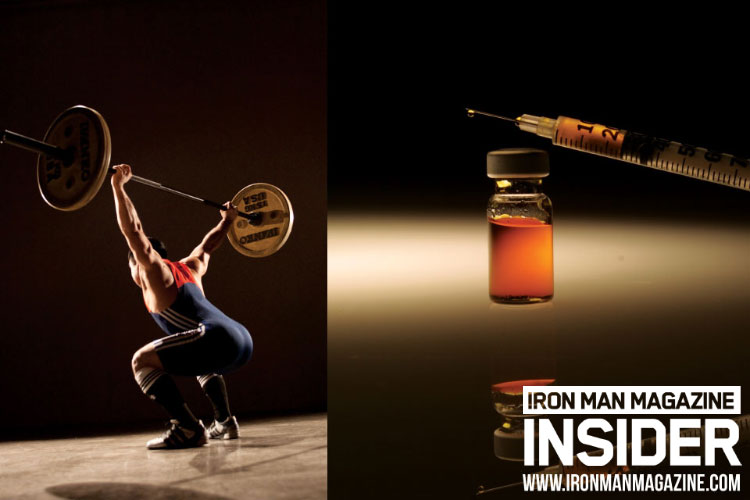
You don’t need to be a bodybuilder to hear about anabolic steroids. They are constantly in the news. One day a track athlete may fail a drug test; the next day it’s revealed that major league baseball players used the drugs to help rewrite the record books. What isn’t generally known is how the development of anabolic steroids came about and when it happened.
The history is significant because of persistent rumors that many of the great bodybuilders of yesteryear used early versions of testosterone and anabolic steroids. Another common rumor is that Hitler used testosterone and even supplied it to his soldiers during World War II. That one seems to have some credence, as testosterone was initially isolated by German scientists.
Still, the notion that a substance could produce gains in strength and muscle occurred long before Hitler was born. More than 6,000 years ago farmers noticed that animals could be more easily domesticated if they were castrated. The ancient Egyptians and Romans believed that animal testicles and sex organs had potent healing properties. The ancient Greeks took it a step further by encouraging athletes who competed in the first Olympic Games to take various plant extracts and testicular extracts. It’s ironic that today, thousands of years later, many of the current "testosterone-boosting" supplements sold are also plant extracts.
John Hunter was a famous Scottish surgeon known for his contributions to the understanding of digestion, venereal disease, dentistry and other areas of medical science. He is less well-known, however, for conducting the first testicular transplant in 1789, in which he removed a testicle from a rooster and implanted it in a hen. History does not record the results of that experiment.
Dr. John Zeigler prescribed a dose of 10 milligrams a day of Dianabol to Olympic lifters in the United States in the late ’50s, but the drug was actually developed in Switzerland by chemists at Ciba labs.
Hormonal research remained dormant until 1849, when Arnold Berthold, a zoo curator, discovered a "blood substance" in roosters that affected their appearance and behavior. He would first castrate the roosters and then re-implant their testicles. When castrated, the birds’ combs shrank, they lost interest in hens, and they also appeared to lose all aggressive instincts. The effects were reversed when the testicles were put back, despite the fact that nerves were cut in the process. While Berthold’s work certainly seemed to point to something going on, it was largely ignored for the next 50 years.
[story continues…]

Join Iron Man Magazine Insider and get full access to this article and more:
• Ad Free Reading Experience
• Articles Available Online Same Day as Newsstand Date
• Full Issues Downloadable as PDFs
• Full Training DVDs Online for Streaming or Download
• Members Only Exclusive Content
• Special Offers and Coupons for Supplements and More
• Exclusive Hi Res Photos and HD Videos Only Available to Members
• Members Only Contests and Giveaways
• Members Only Email Newsletter

















You must be logged in to post a comment Login